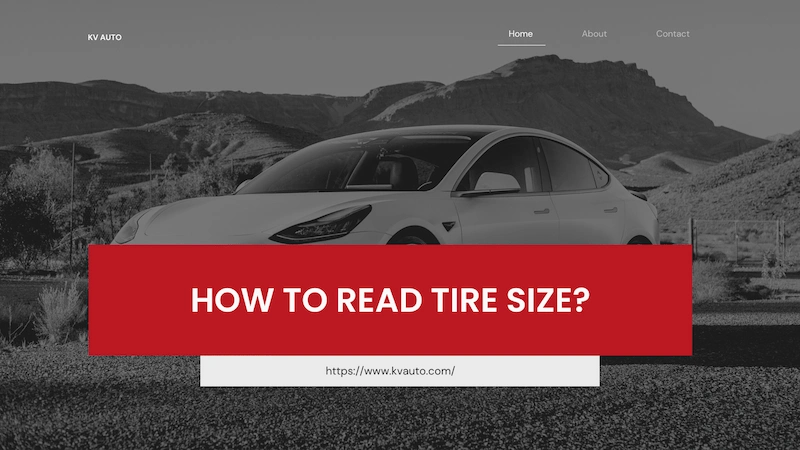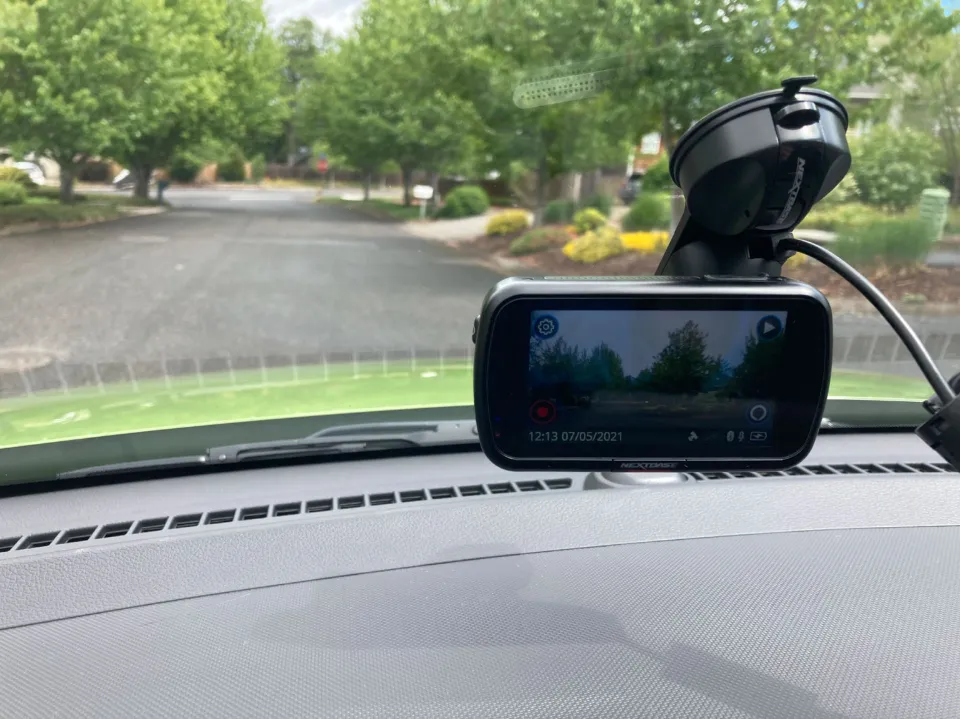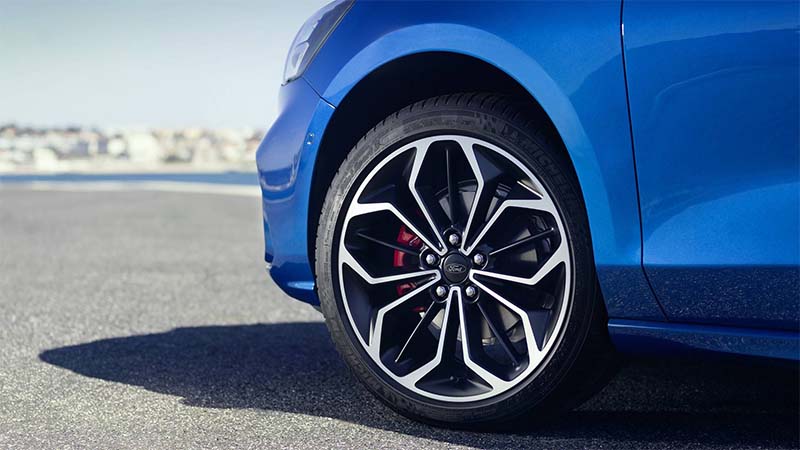You must know the proper tire size for your vehicle once you’ve decided it’s time to buy tires. Depending on what you drive, you may be interested in how to read tire size for your cars.
We will tell you The Letters “P” and “LT”, Width, Aspect Ratio, Construction, Rim Diameter, Load Index, and Speed Rating.
Keep reading.
How to Read Tire Size?
Below will give you the specific details:
The Letters “P” and “LT”
For most vehicles, you’ll see the letter “P” before the number sequence begins: P225/70R16 91S. The “P” is short for “P-metric,” which is a designation by the Tire and Rim Association for a “passenger car” tire type. A “P” signifies the tire was designed to primarily be used on passenger vehicles, which can include cars, minivans, Light-duty pickup trucks and SUVs are also available.
If you see “LT” instead of “P,” it’s because you need “light truck” tires – “LT” is short for “LT-metric,” which is a designation by the Tire and Rim Association for a “light truck” type tire. Light truck tires are made to be installed on vehicles with the capacity to tow trailers or carry loads of weight.
Similarly, “T” stands for “temporary” and is for your spare tire. If you see “ST,” that means “special trailer.” The drive or steering wheels never have a special trailer tire mounted. It is only meant to be used on trailer axles.
Width
The first number in your tire size information is the width, in millimeters, of the proper tires for your car: P225/70R16 91S.
The measurement between each sidewall is always used to describe tire width. Thus, a tire with the measurement “P225” is for a passenger vehicle and has a nominal width of 225 millimeters.
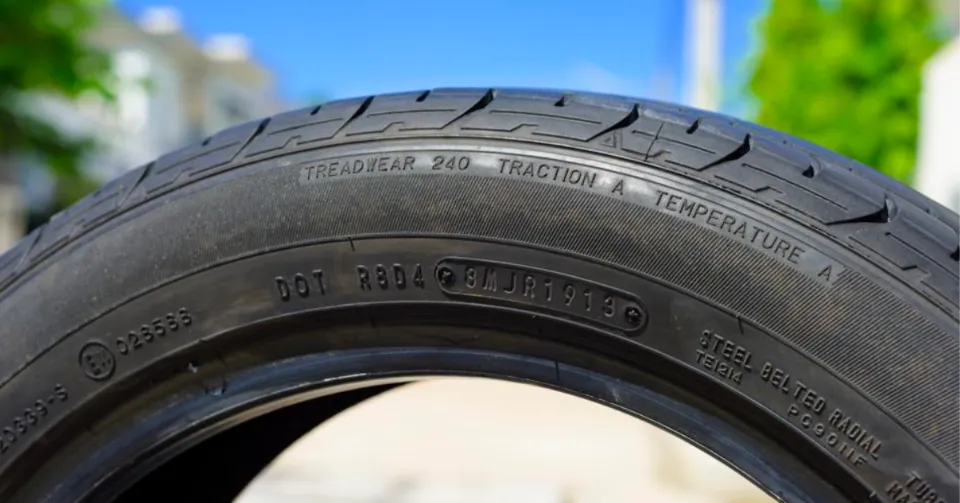
Aspect Ratio
The two-digit aspect ratio and tire width are separated by a forward slash. The bigger the aspect ratio, the higher/taller the tire’s sidewall, or “profile” as it’s sometimes called.
On the sidewall of each tire, an aspect ratio percentage is displayed. It is the sidewall height, expressed as a percentage of tire width, from the top of the tread to the wheel rim.
According to this illustration’s aspect ratio of 65, the sidewall is 65 percent as tall as the tire is wide. Take the 215 mm tire width and convert it to inches (8.46) to get the sidewall height. Add 65% (.65) to this number. The result is 5.5, which is the sidewall height in inches.
Construction
Your knowledge of the tire’s internal structure is conveyed by this one letter.
R is for radial tires, the industry standard for most tires today. Compared to earlier generations of tires, they offer better grip on the road, less rolling resistance for improved fuel efficiency, comfortable rides, and durability. The plies in radial tires are arranged perpendicular to the direction of travel. The plies are layers of sturdy cords made of a mixture of polyester, steel, and fabric that are coated in rubber.
D is for tires built with diagonal (crisscrossed) plies, called bias-constructed tires. Additionally, they go by the names conventional, x-ply, or cross-ply tires. The internal design of some trailer and motorcycle tires is still in use.
Some run-flat tires are identified with an F followed by the type of internal construction.
Rim Diameter
The next number is the tire’s mounting rim’s diameter code, expressed in inches. For instance, a tire with the dimensions P225/70R16 91S would fit a rim with a diameter of 16 inches.
Load Index
The two-digit or three-digit number that follows the gap specifies tire load index. Based on the following industry-standard chart, the load index symbol indicates how much weight a tire can support. In the case of our example, the load index is 89, meaning that when inflated to the tire’s maximum air pressure rating, it can carry a load of 1,279 pounds.
Speed Rating
The last letter is the tire speed rating. This shows the maximum speed that can be traveled at without endangering oneself. A tire with a higher speed rating can handle heat better and provide more control at faster speeds. The lowest speed rating of all the tires that are currently mounted on the vehicle is the highest speed that a vehicle can operate at.
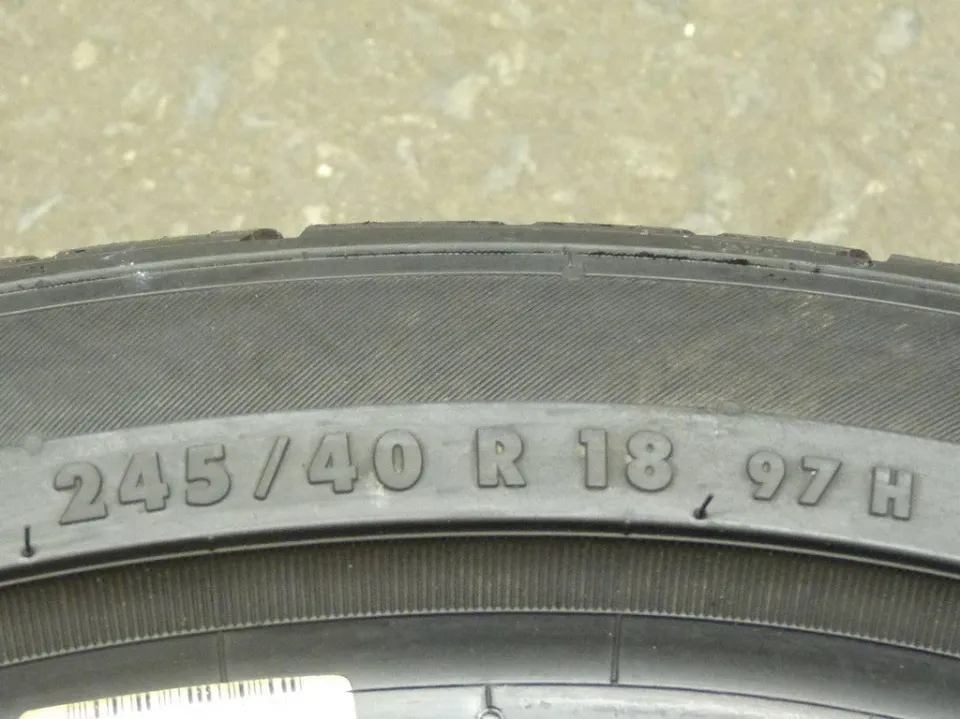
Where to Find a Car Tire Size?
The recommended tire size for your car should be simple to find, regardless of the vehicle. The owner’s manual is the best place to start your search.
Don’t worry if you can’t locate the manual; you may also find a tire fit guide in these locations:
- The driver’s side door jamb
- Inside your glove box door
- Within your gas tank hatch
If your current tires are the right size, you can also find tire size information on the sidewall of those tires. Nevertheless, you will need to understand a series of numbers and letters wherever you discover your tire size. The meaning of each letter and number is clear, so don’t worry if it initially seems complicated.
Can I Put Larger Tires on My Car?
Although it is possible to increase the size of your tires, for the best performance it is usually best to stick with the size that the manufacturer recommends. The performance of your drivetrain, handling, and fuel efficiency may all be impacted by larger tires, even though they may give your car more ground clearance. If you decide to increase tire size, be mindful of the modifications to the important statistics mentioned above, such as the load index and speed rating, and how they may impact your vehicle’s capabilities.
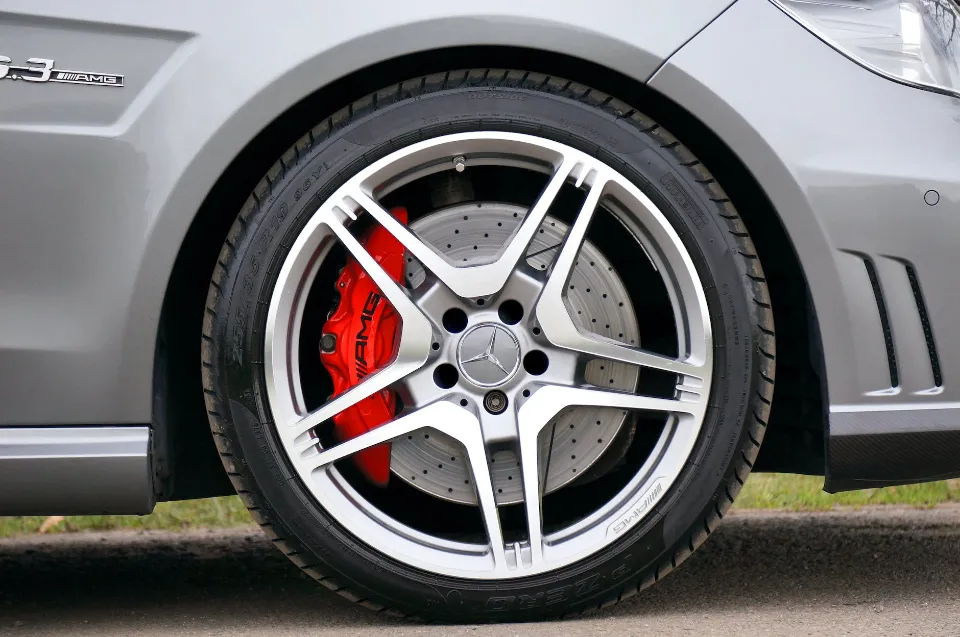
FAQs
How Do You Read Tire Size Numbers?
The two-digit number after the slash mark in a tire size is the aspect ratio. For instance, the 65 indicates that the height is equal to 65% of the tire’s width in a tire of size P215/65 R15. The sidewall of the tire will be larger the aspect ratio.
What Tyre Size Numbers Mean?
The number is the percentage of the width of the tyre. It is commonly known as the “aspect ratio”. Therefore, the profile of our example tyre is 112.75mm, or 55% of 205mm. Additionally, this number rises by 5s. 16 is the rim size, or the diameter of the inside of the tyre.
How Wide is 225 Tire?
The number “225” stands for the width of the tire in millimeters – so in this case the tire is 22.5 cm wide. The “45” that follows is the aspect ratio – the height of the tire sidewall as a percentage of its width. That translates to 10.1 cm in our situation.
What Does 225 50 Mean?
225 identifies the tire section width, which is the measurement of the tire from sidewall to sidewall in millimeters. The rim to which it is fitted determines how this measurement changes. (1 inch has a thickness of 25.4 millimeters.) 50 is the two-figure aspect ratio.
Summary: How to Read Tire Size?
We will tell you The Letters “P” and “LT”, Width, Aspect Ratio, Construction, Rim Diameter, Load Index, and Speed Rating.
A tire size calculator is a quick way to see whether the tire size you’re considering will likely fit your car, SUV, sports car, light truck, or crossover.
But keep in mind that’s just an estimate. It’s crucial to stay within your vehicle’s sizing parameters. The steering wheel may pull slightly if your tires are the wrong size. They may also rub against your car’s body or suspension, reduce hill clearance, or make the ride stiffer or noisier.
Consult a tire professional before installing a different tire size on your car. Find out whether the tires and wheels you have your eye on are the right fit for your vehicle’s suspension, gearing, and bodywork. Inquire about how variations in the speed rating, load index, tire speed, and revolutions per mile will impact the ride comfort and functionality of your car.
If you have any questions, please leave a comment. KV Auto tries to give you the best car industry information. Thank you for reading.

